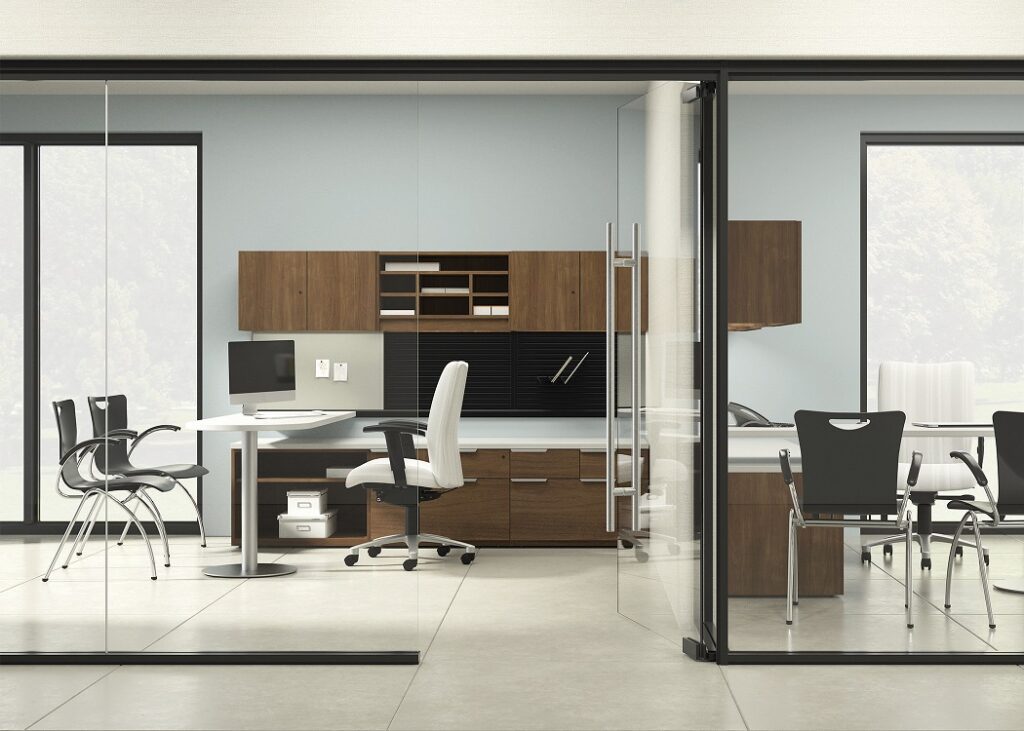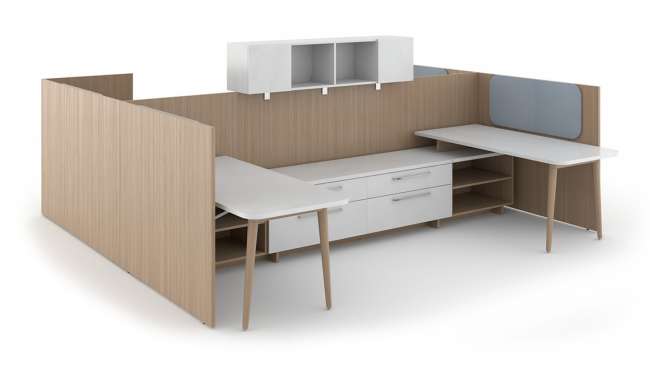Posts Tagged ‘business’
Home Office Essentials
The three must haves for your home office By Angela D. Wagner Since the onset of the COVID-19 pandemic, more people than ever before have been working remotely. Although many have been able to return to their offices, a recent Gallup poll suggests that one-third of Americans are still working from home. A piece from…
Read MoreCORE Shares the Love this Holiday Season through Spreading Threads
By Angela D. Wagner The sound of rustling papers, happy chatter, and staplers clicking filled the Wetmore office of CORE (Commercial Office Resource Environments) the evening of Tuesday, Oct. 29, 2019. Rather than filling orders for office desks, chairs, or educational or medical furniture, the women of CORE and several other volunteers turned into Santa’s…
Read MoreMake Big Impressions with Your Small Workspace
By Angela D. Wagner Maybe your small office workspace was planned intentionally to create a cozy, collaborative environment. Or, perhaps, you’re economizing as you plan to expand later on. Regardless of why your business is operating in tighter spaces, making the most of the premium space you do have can provide an opportunity for creative…
Read MoreSitting Selections: Identifying the Right Seating for Your Work Environment
We find seats everywhere. They are at our office desk and in conference rooms. There are seats for hospital exam rooms and others that are perfect for creating a welcoming, comfortable lobby. There are seats designed just for students in educational settings, chairs for adjustable-height desks, and those meant to be a comfortable place to…
Read MoreOpen Office Workspaces: Better mobility, collaboration, and more
When businesses began to boom after the return of soldiers from WWII, office spaces began expanding to accommodate growth. That often meant adding more rows of cubicles where conformity and private production were the name of the game. But times have drastically changed, in large part because of technological advances and changes in the way…
Read MoreThe Big Move
CORE’s relocation provides more space and a larger showroom. The dust is settling, decorating is underway, staff have extra room to work, and visitors get to see more of what they are looking for. After three-plus years at the same location, Commercial Office Resource Environments (CORE) has relocated in Tucson, giving its staff more space…
Read More





